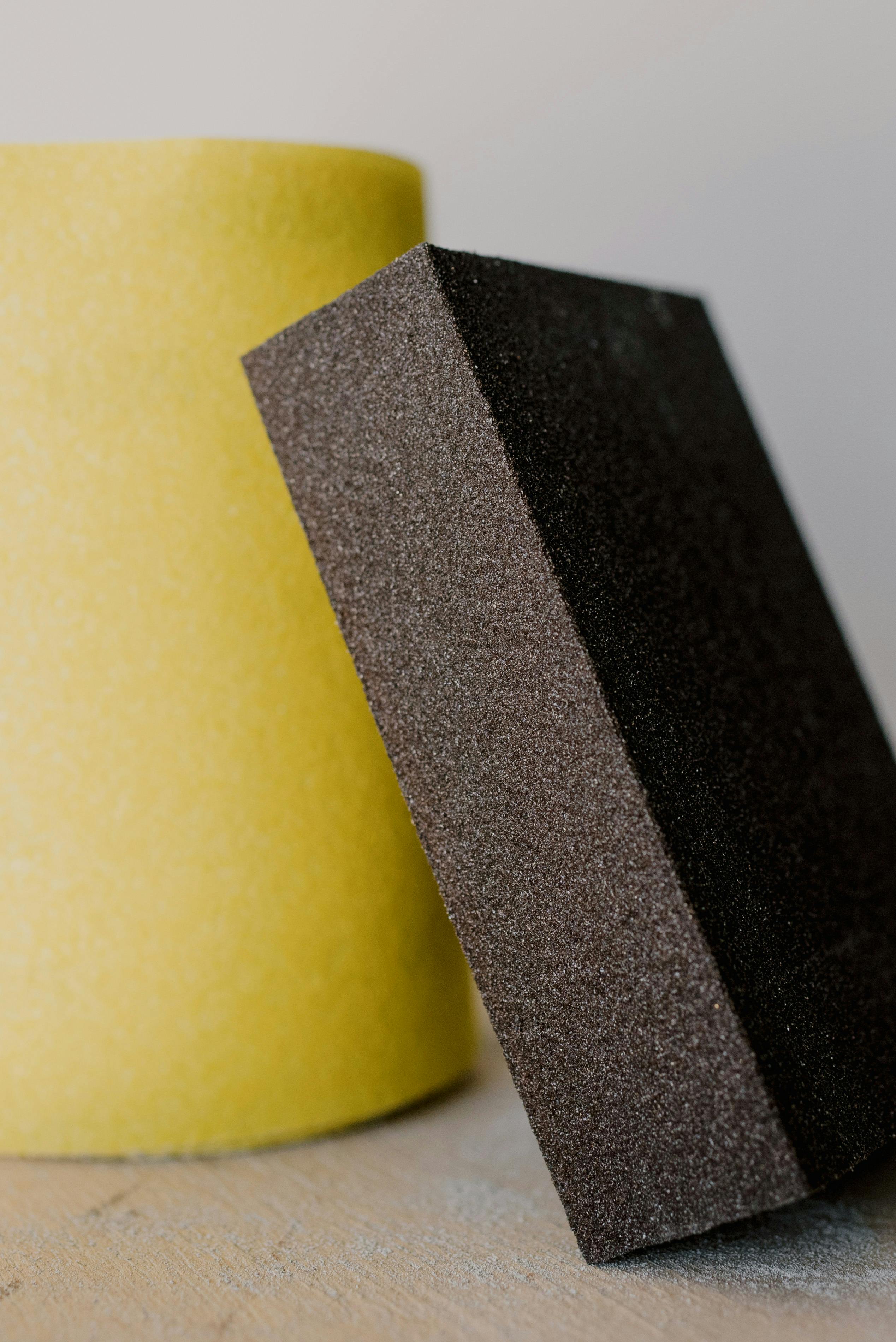
"Understanding the Damaging Effects of Excessive Water in Concrete: A Comprehensive Guide"
Introduction
If you ever come across a construction site, the scene of workers diligently mixing cement, sand, and water to create concrete is quite a common sight. Concrete is the backbone of any building — providing it with the necessary strength and sturdiness to withstand the test of time. However, what happens when this essential mixture receives more water than it should? This article reveals the damaging effects of excessive water in concrete and provides expert knowledge on how to maintain the right water-cement ratio during construction.
The Importance of the Water-cement Ratio
The endurance, potency, and long-term health of concrete greatly depend on the water-cement ratio. Derived from dividing the amount of water used by the amount of cement, the significance of this ratio in determining the concrete's quality is paramount. The ideal ratio varies depending on the type of project, but most experts recommend it to be between 0.40 and 0.60. More water may make the concrete easier to mix and pour, but it compromises the structure's overall strength and long-term durability.
Damaging Effects of Excessive Water in Concrete
Excessive water in a cement mixture has numerous detrimental repercussions. Primarily, it weakens the structure and negatively impacts durability. When concrete cures, the excess water evaporates, leaving behind large pores. This creates a porous, feeble structure that can crack easily under pressure.
Moreover, the increased porosity raises the susceptibility of the concrete to damaging environmental factors. These include the pressures of frost and thaw cycles, sulphate attacks, chemical corrosion, and the growth of harmful bacteria which can all contribute to the overall degradation of the structure.
An essential quality that suffers due to excessive water is the concrete’s compressive strength. Compressive strength indicates the ability of the concrete to withstand loads without breaking - pivotal in any construction. Studies reveal that a 5% increase in water can lead to a 5% decrease in the compressive strength.
Avoiding Excessive Water in Concrete: A Practical Guide
Now that we understand the potential harm caused by too much water in concrete, we need to implement solutions to avoid this problematic scenario. Builders should strictly adhere to the prescribed water-cement ratio for their specific projects. Using only the necessary amount of water achieves the right consistency without compromising the concrete’s durability and longevity. They should choose quality aggregates while maintaining the right size and gradation to minimize the voids and the overall water requirement.
Moreover, they should consider using additives and admixtures. Chemical admixtures can help alter the concrete properties to facilitate placing, pumping, finishing, and curing, while not adding to the water content. In contrast, mineral admixtures serve as cement replacements, subsequently reducing the water requirement in the mixture.
The use of the slump test is another practical solution. This measures the consistency of the concrete and its ability to retain its shape when slightly disturbed. A high slump test value indicates a high water content, thus alerting builders to adjust the mixture.
Conclusion
The right proportion of water in concrete is essential for creating robust, durable, and resilient structures. Excessive water is not just a 'minor mistake.' It can lead to numerous issues, compromising the structure's strength and longevity, and exposing it to multiple environmental damages. Therefore, maintaining the recommended water-cement ratio, using quality materials, and integrating modern technology such as chemical admixtures and the slump test, can help builders ensure their projects stand robustly for years to come.